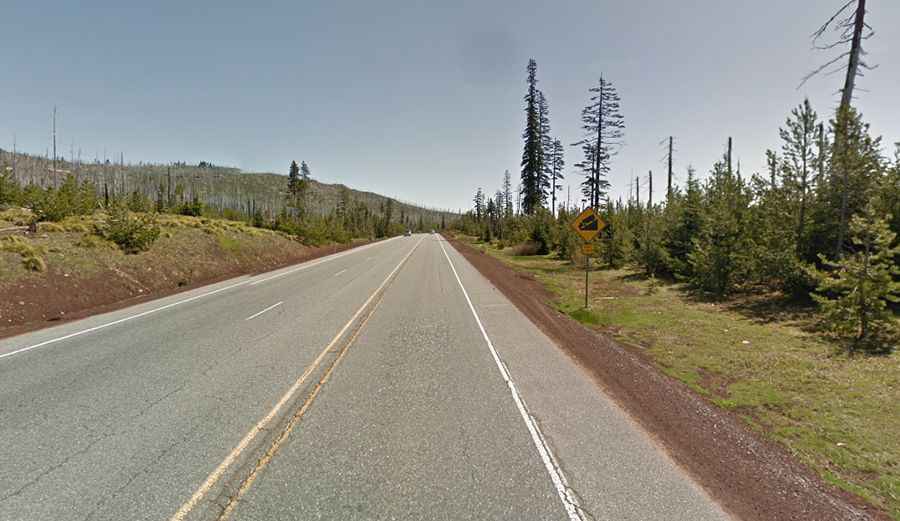McKenzie Pass-Santiam Pass Scenic Byway is a Journey Through a Land of Contrasts in central Oregon
The McKenzie Pass-Santiam Pass Scenic Byway is an unforgettable drive in central Oregon. This iconic route takes you through a dramatic landscape, climbing up to McKenzie Pass and Santiam Pass.

When Was the McKenzie Pass-Santiam Pass Scenic Byway Built?
Filled with natural wonders like lava fields, snowcapped peaks, and rushing rivers, the byway was originally built in the 1870s as a wagon toll road. It follows the path of this historic route, emerging from the forest at Windy Point to reveal a breathtaking vista of Mount Washington and a 65-square-mile lava flow.
How Long Is the McKenzie Pass-Santiam Pass Scenic Byway?
This National Scenic Byway is a fully paved loop road, 82 miles (132 km) long. It takes you on a journey through a land of contrasts, showcasing some of Oregon's most stunning and diverse scenery.
Is the McKenzie Pass-Santiam Pass Scenic Byway Worth the Drive?
Plan for about two hours to complete the drive without stopping, but most people take between 3 to 5 hours to fully appreciate the views. The route is a loop designed to provide a tour of the high Cascade Range northwest of Bend, passing over both McKenzie Pass and Santiam Pass. The drive offers dramatic views of snowcapped peaks and passes by beautiful waterfalls like Sahalie and Koosah Falls.
Can I Drive My Vehicle on the McKenzie Pass-Santiam Pass Scenic Byway?
Due to the extremely sharp curves and narrow road width, Highway 242 over McKenzie Pass is closed to vehicles longer than 35 feet, and trailers are discouraged.
When Is the Best Time to Drive the McKenzie Pass-Santiam Pass Scenic Byway?
Nestled in the Cascade Mountains, the byway is considered a summer route. The road over McKenzie Pass is typically closed during winter and spring due to snow, but it opens from mid-June to late October. The drive offers breathtaking views of Broken Top Mountain and the Three Sisters, along with waterfalls and ancient lava fields lying beside calm, clear lakes—reminders of the area's volcanic origins.